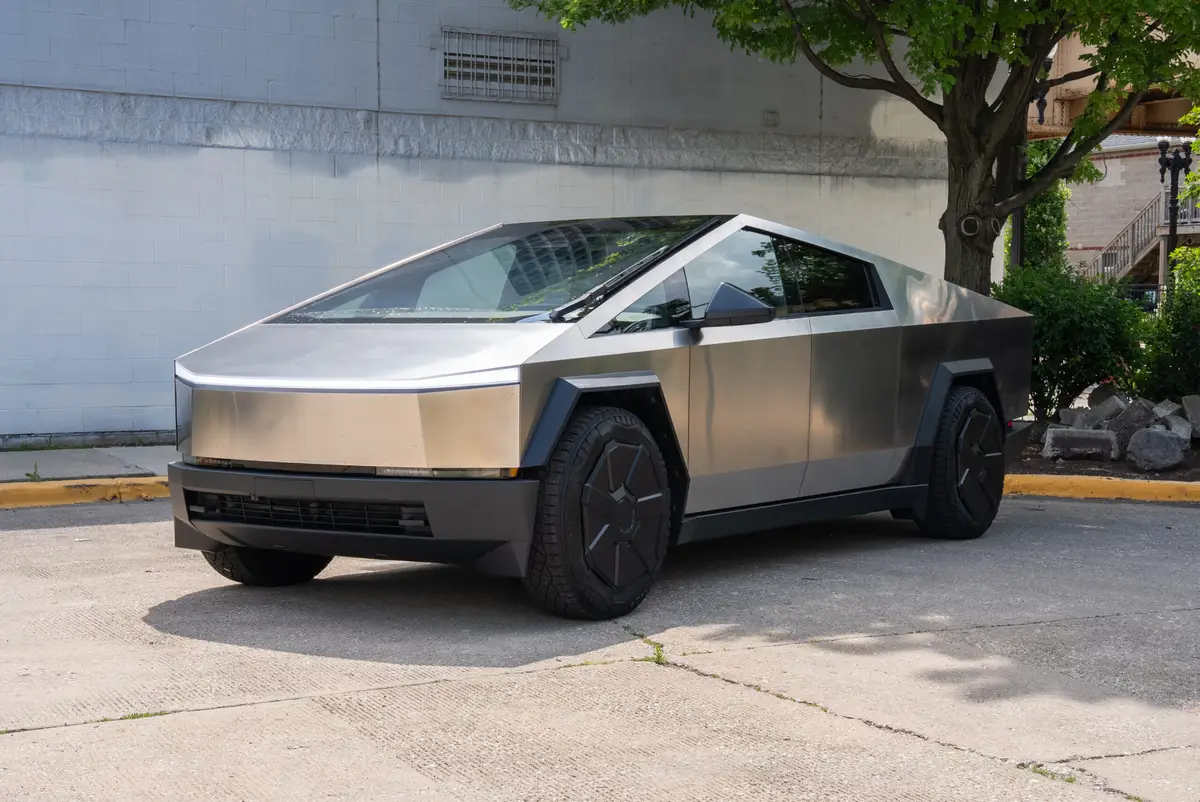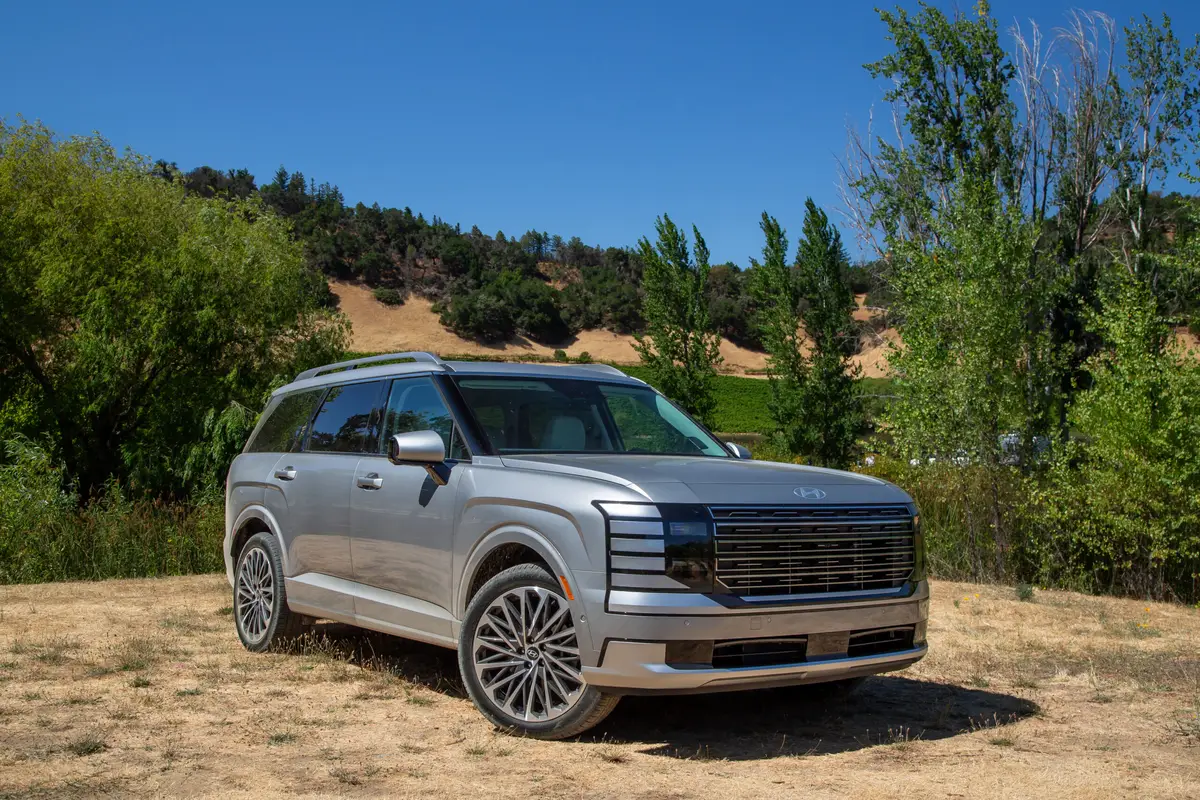2008 Scion xB: What's New
Vehicle Overview
Time to get that paper route, kids — the next Scion xB is here. The boxy original helped spur widespread interest in the brand during Scion’s 2003 launch, and by the looks of it, parent company Toyota doesn’t want to mess with a good thing. The redesigned xB looks much like the iconic original; notable upgrades include a substantially larger engine and four additional airbags. Both updates should address the two biggest drawbacks of the previous xB: It was woefully underpowered and short on safety features.
With its new engine, the xB becomes a credible competitor for Honda’s similarly styled Element. Unlike the Element, which can manage light off-roading, the xB does not offer all-wheel drive. Scion will eventually make 40-plus accessories available for the xB.
Exterior
Drawing cues from the t2B concept Scion displayed at the 2005 New York auto show, the four-door xB’s face is a little more sloped than that of its predecessor. The headlights include distinct bezels, and a gill sits ahead of each bumper — an interesting touch, even if it’s purely cosmetic.
In an effort to give the xB a smoother chassis and sportier road manners, Scion increased its wheelbase by four inches and its overall length by a foot. Ride height is 1 inch lower than the previous generation, and the wheels now measure 16 inches.
Interior
The xB’s five-seat interior offers an abundance of storage and audio features. Thanks to the lengthened exterior, cargo room behind the second row is up to 29.1 cubic feet, which is 4 cubic feet more than the Element. A fixed tray under the rear seats can stow smaller items. A 60/40-split folding rear seat accommodates larger cargo, and the front seats fully recline for impromptu naps.
Up front, the center-mounted gauges include a trip computer displaying gas mileage, outside temperature and more. The standard six-speaker Pioneer stereo has an auxiliary jack for MP3 players, whose track lists display through the stereo’s faceplate. An optional stereo upgrade includes a customizable faceplate that can show various images and even short video clips.
Standard features include remote keyless entry, air conditioning, steering-wheel audio controls, and power windows, door locks and mirrors.
Under the Hood
Toyota’s workhorse 2.4-liter four-cylinder engine is standard. It makes 158 horsepower and 162 pounds-feet of torque, a healthy 53 percent increase over last year’s 1.5-liter engine. A five-speed manual transmission is standard, while a four-speed automatic with a manual-shift provision is optional.
Safety
Four-wheel-disc antilock brakes, traction control and an electronic stability system are standard. So are six airbags, including side-impact airbags for the front seats and side curtain airbags for both rows.
Featured stories


2025 Tesla Cybertruck Review: Wedge Issues


2026 Hyundai Palisade Review: Growing Gains

